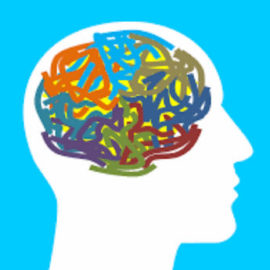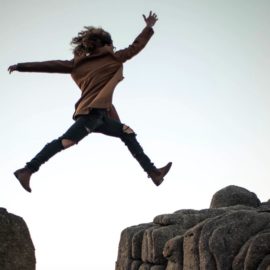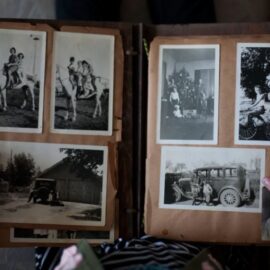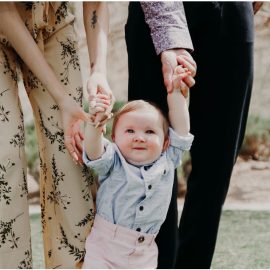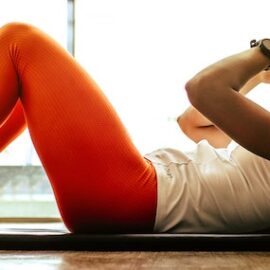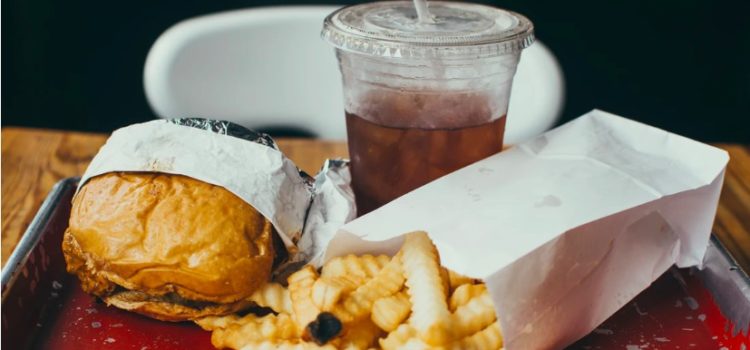
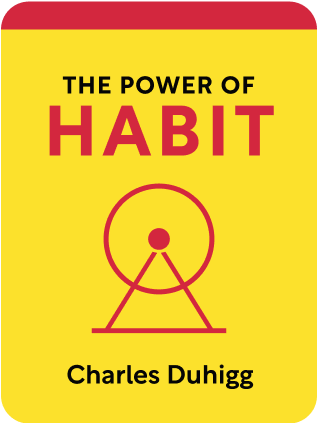
This article is an excerpt from the Shortform book guide to "The Power of Habit" by Charles Duhigg. Shortform has the world's best summaries and analyses of books you should be reading.
Like this article? Sign up for a free trial here .
Why do we have cravings? What causes cravings and is there a way to stop them?
The question “why do we have cravings” is asked often by people who are trying to kick a food craving. But there’s a simple answer to why we have cravings, and it has to do with the brain’s rewards system.
So why do we have cravings? Keep reading to find out.
Why Do We Have Cravings?
So why do we have cravings? The seminal work in understanding cravings was done in monkeys. The monkey was set in front of a blank computer screen. Periodically, a colored shape would appear on the screen. The monkey’s job was to press a lever when this shape appeared, and it’d get a drop of grape juice (which the monkey loved).
When measuring activity in the monkey’s dopamine neurons, a predictable pattern appeared – when the monkey got a reward (R), its brain activity spiked, indicating pleasure:
After many iterations of this loop, the monkey got really good at pulling the lever and getting the grape juice. It was good at recognizing the cue, doing the routine of pulling the lever, and getting the reward of juice.
But interestingly, over time, the monkey began anticipating the reward. The brain activity spiked when the cue appeared, well in advance of actually getting the reward:
Notice that the peak area of brain activity happens when the cue is sensed (CS). This is the craving that happens when you sense a cue. The activity no longer appears when getting the reward – in some senses, the brain is no longer pleasantly surprised at getting the reward, it just gets what is expected.
Finally, the scientist tried a different experiment – give the monkey the cue, activate the routine, but give it no reward. Below, you’ll see a spike of activity when the cue is sensed – anticipating the reward, but when no reward actually comes, the brain activity flatlines, indicating disappointment:
This is what happens when you get a cue (like smelling French fries), develop a craving, but end up not satisfying the craving. (Biologically, this serves the purpose of giving negative feedback to the behavioral circuit – if you sense a cue and execute a behavior and don’t get the reward, then maybe in the future you shouldn’t execute the behavior again.)
The spike in activity when you sense a cue is the craving. This craving, this eager anticipation of the reward, kicks your habit into gear – you execute the routine, without even thinking hard about it, so you can get that sweet reward at the end.

———End of Preview———
Like what you just read? Read the rest of the world's best book summary and analysis of Charles Duhigg's "The Power of Habit" at Shortform .
Here's what you'll find in our full The Power of Habit summary :
- The 3 steps to change your habits
- Why habits are at the root of success in football
- How social movements are just an expansion of habits from individuals to communities

